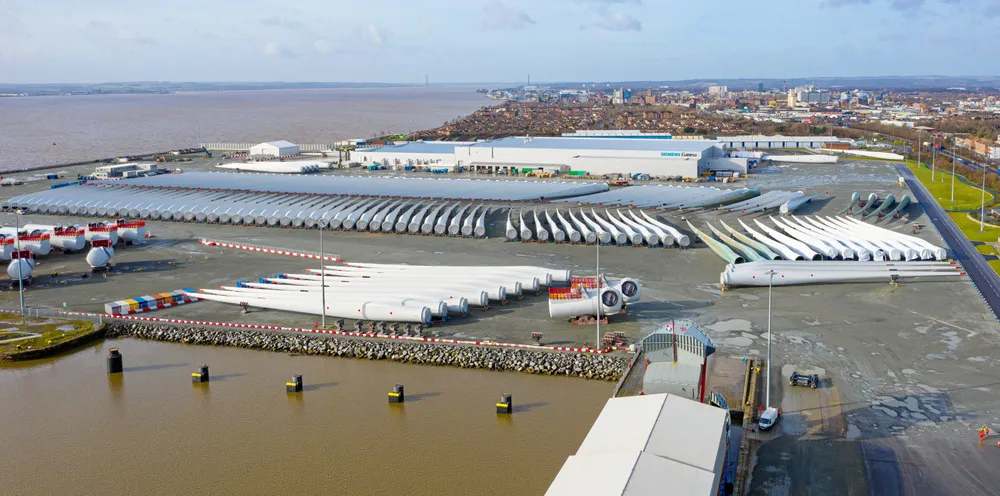The new North Sea, a $131 trillion moral question, and green leaders speak
Our weekly curation of the must-read news and analysis from the-week-that-was in the global renewables industry

Our weekly curation of the must-read news and analysis from the-week-that-was in the global renewables industry
